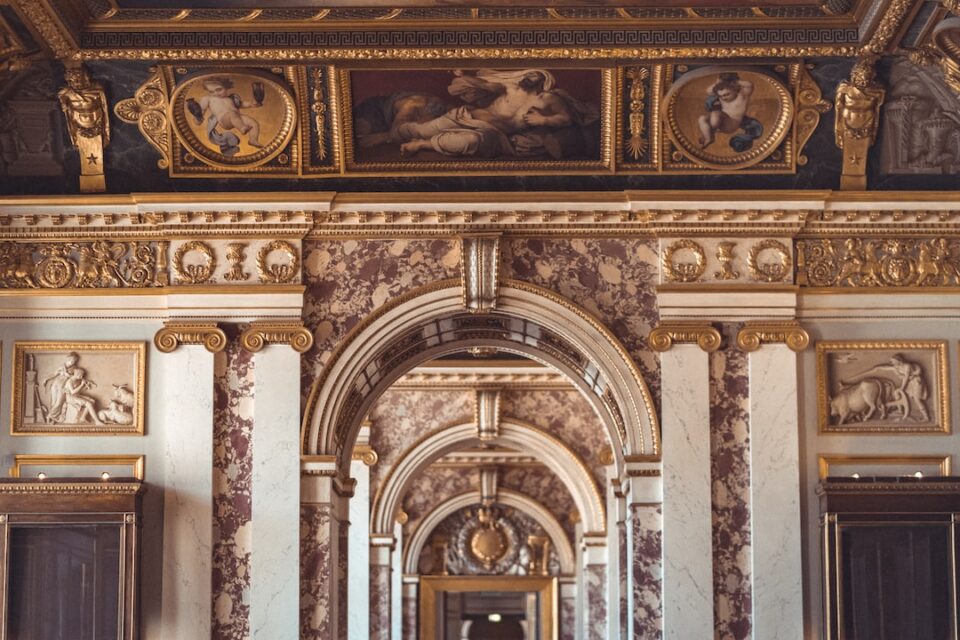Exploring the Rich Tapestry of Indigenous Art and Its Cultural Significance
Indigenous art is a window into the vibrant cultures, traditions, and stories of the world’s indigenous communities. It holds immense cultural significance and serves as a visual representation of their history, spirituality, identity, and resilience. From intricate beadwork to stunning paintings and pottery, exploring the rich tapestry of indigenous art is a journey into the heart of a people and their land.
One of the most fascinating aspects of indigenous art is its deep-rooted connection to nature. Indigenous communities have an incredible understanding of their environment and its relationship to every aspect of their lives. This profound connection is beautifully reflected in their artwork, which often features depictions of animals, plants, landscapes, and celestial bodies. These representations not only celebrate the beauty of nature but also convey important spiritual and cultural meanings.
For example, in Aboriginal art from Australia, the Dreamtime stories are conveyed through dot paintings and intricate patterns. These paintings depict the creation myths and ancestral journeys, emphasizing the interconnectedness of the land, animals, and people. Similarly, Native American art often features symbolic animals such as the eagle, bear, or wolf, representing different qualities and spiritual significance in their respective cultures.
Indigenous art is also a powerful medium for storytelling. Through their artwork, indigenous artists narrate their histories, legends, and struggles, passing them down from one generation to another. These visual narratives preserve and promote cultural knowledge and act as a form of resistance against colonization and oppression. The stories depicted in indigenous art provide a valuable insight into their worldviews, beliefs, and experiences, helping to bridge the gap between cultures and fostering greater understanding and appreciation.
Moreover, the materials and techniques used in indigenous art are deeply rooted in tradition and are often passed down through generations. From carving to weaving, pottery-making to basketry, indigenous artists employ centuries-old methods that have stood the test of time. These techniques not only ensure the authenticity and integrity of the artwork but also serve as a testament to the resilience and continuity of indigenous cultures despite external pressures.
Indigenous art also has an important economic and social impact on tribal communities. Many artists earn a living through their craft, and the sale of their artwork provides economic empowerment, sustainable job opportunities, and cultural preservation. Furthermore, art plays a crucial role in community-building and cultural revitalization. Art workshops, festivals, and exhibitions serve as platforms for indigenous artists to connect, share their knowledge, and celebrate their heritage. These events also promote intercultural exchange, fostering appreciation and understanding among diverse communities.
However, despite its rich cultural significance, indigenous art continues to face challenges and misconceptions. It is often undervalued or seen as an exotic artifact rather than recognized for its artistic merit and cultural value. Additionally, the appropriation of indigenous art by non-indigenous individuals and companies without proper acknowledgement or compensation is an ongoing issue. It is important to support and uplift indigenous artists and their communities by respecting their cultural practices and promoting ethical collaborations that protect their rights and traditions.
In conclusion, exploring the rich tapestry of indigenous art is a fascinating and enlightening experience that offers a glimpse into the diverse and vibrant cultures of indigenous communities worldwide. From its deeply rooted connection to nature to its role in storytelling and cultural preservation, indigenous art is a testament to the strength, resilience, and beauty of indigenous peoples. By recognizing its cultural significance, supporting indigenous artists, and practicing respect and ethical collaboration, we can contribute to the preservation and appreciation of indigenous art for generations to come.

